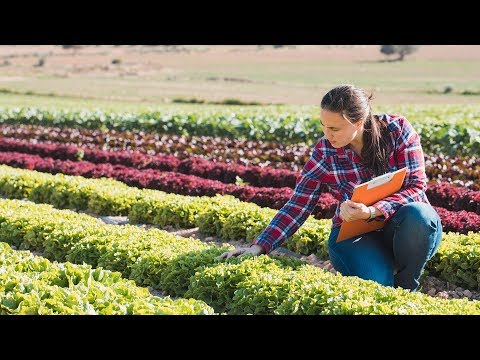The Battle Between Farming and Farm TechThe Battle Between Farming and Farm Tech
Robots may be on the farm sooner than you think. The Lempert Report: Robots and new gadgets will better allow farmers in the future to decide what to sow, when to fertilize and how much to irrigate.
April 9, 2020


We hear and talk all the time about how tech is revolutionizing farming—and that's a good thing. But in a recent column on Grit Daily, they write that it also presents some serious issues to rural America.
New gadgets are allowing tractors, harvesters and planters to decide what to sow, when to fertilize and how much to irrigate. As technology moves forward, equipment will ultimately be able to make regular decisions for the farmers.
In agriculture, robots are being used mainly in the harvesting stage, while drones acquire pictures to help farmers evaluate crop health. They are everywhere; all we need is an app telling us what we eat. And as funny as it sounds, Argenis Ovalles writes, the lack of human instinct in our farms might be the problem.
In 2018, California became the home of America’s first autonomous robot farm created by Iron Ox. Noah Smith a writer for The Guardian explained that the idea was “to improve labor shortages and pressure to produce crops by using AI and heavy machinery.”
With the machines doing the heavy lifting, it is certain that farmers are starting to be replaced in rural America. With crop production relying more on machines, farms have less of a need of maintaining humans as employees. The reality is that farm employees work for a daily paycheck, robots don’t.
Worldwide, agriculture is a $5 trillion industry, according to Forbes, and the industry is looking for a new form of sunshine: artificial intelligence. Farms regularly produce hundreds of thousands of data points on the ground every day, and AI offers us the opportunity to change farming.
Indoor farming is now a reality and growing well. Its high growth per square foot more than traditional farms, while less damaging for the environment, is useful and attractive according to Grit Daily.
The race is on to make it strive, remaining efficient and eco-friendly, to create substantial availability and to enable a profit to growers to keep growing their businesses. The process is logical and at a significantly lower risk from seasonal disasters and challenges.
Less space, less resources and faster growth for healthier and more nutritious foods is logical, and it is happening.
About the Author
You May Also Like




